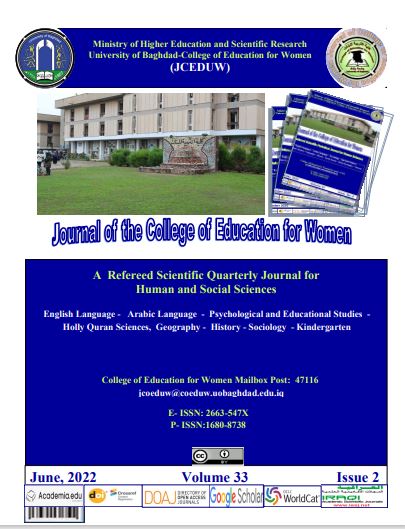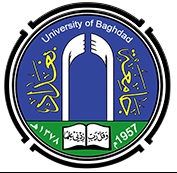A Dystopian Future: Social Oppression and Religious Extremism in Margaret Atwood's The Handmaid's Tale
DOI:
https://doi.org/10.36231/coedw.v33i2.1586Keywords:
Dystopia, extremism, fundamentalism, Gilead, oppressionAbstract
Many literary research papers have dealt with the work of Margaret Atwood's The Handmaid's Tale (1985) as a feminist work. However, nearly few studies combine social oppression with religious extremism. To bridge this gap, the present study aims at exploring the use of totalitarian theocracy of terror to oppress its citizens in the name of religion. In other words, it explicates the way religion is used to brutally suppress and exploit people in general and vulnerable women in particular. To meet this objective, the study adopted the qualitative descriptive method to describe how religion is used as a contradictory controlling means in Gilead discourse. It also adopted the Foucault theory in analyzing the data of the study, illustrating the means of terror in the novel, and identifying the features of the Gileadean regime. The study has concluded that the plight of women does not happen in a vacuum. It is a result and a reflection of people's past and present times. It is the extremist religious discourse that almost always contributes to violence and oppression. Finally, the Republic of Gilead highlights a common point between the dark and modern ages where the female citizens lived under the oppressive patriarchal government.
Downloads
Published
Issue
Section
License
![]()
All articles published in Journal of College of Education for Women are licensed under a Creative Commons Attribution 4.0 International License.











